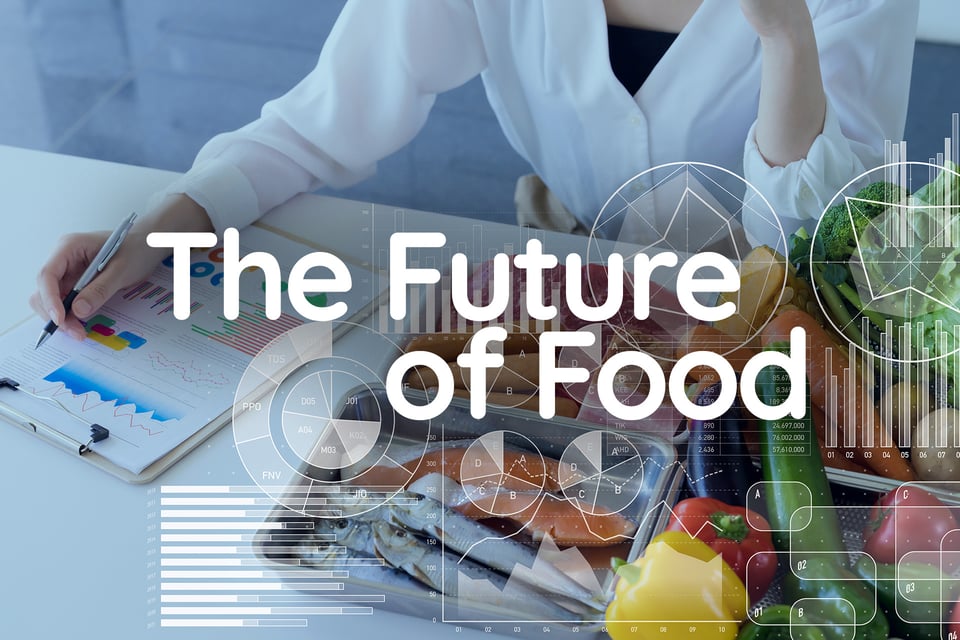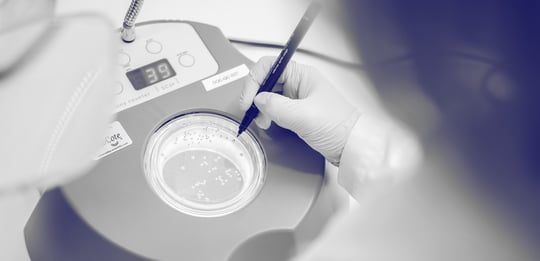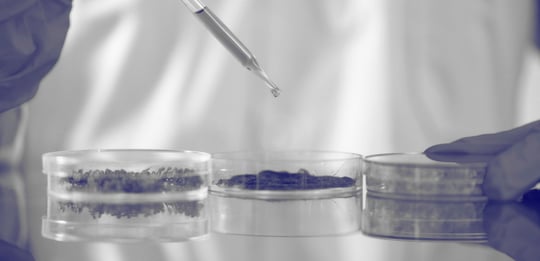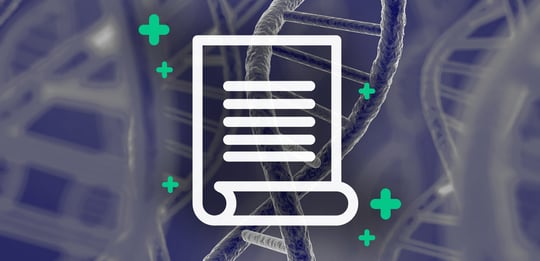
As we at Biosafe conclude our 10th anniversary article series, we set our sights to the future. What will define the next decade of innovation? There are severe needs for humanity to come up with solutions to climate change, environmental degradation and the growing population. From personalised nutrition to alternative proteins, the food chain of 2034 promises to be smarter, more sustainable, and more inclusive. Here's what we believe lies ahead.
What will we eat in 2034?
The way we eat is poised for a seismic shift. By 2034, products from cellular agriculture, such as cultivated meat and precision-fermented dairy, could become staples. Imagine a burger that tastes just like meat but is produced without raising animals—a product with a fraction of the environmental impact. Companies like Beyond Meat and Impossible Foods are making significant strides with plant-based proteins, while Eat Just and Vow are advancing cultivated meat technologies.
Microorganisms may become the "cows" of the future, producing essential proteins sustainably. Precision fermentation might allow us to produce dairy proteins without cows or egg proteins without chickens, significantly reducing greenhouse gas emissions and land use. Yet, this shift won't happen overnight. Instead, it will emerge gradually as part of a broader, multifaceted approach to food systems transformation. As these technologies develop and become more integrated into our food systems, they will complement traditional methods and contribute to a more resilient and sustainable food supply.
Proteins without animals
Cellular agriculture offers alternative methods to produce proteins, reducing the environmental impact of traditional farming. For instance, Onego Bio is developing egg proteins without chickens, and Enifer is creating a sustainable mycoprotein called Pekilo®, derived from fungi. Remilk reproduces milk proteins to craft dairy identical to traditional products without involving cows. Solar Foods' Solein® is a unique edible protein produced "out of thin air" through a microbial fermentation process utilising gases like carbon dioxide and hydrogen.
Since the introduction of the first cultivated beef burger in 2013, over 150 companies worldwide are developing cultivated meat, seafood, or plant cell-based products. While only a few have reached the market, regulatory bodies are establishing guidelines to ensure their safety. We believe local supermarkets will offer a variety of these products in the next 10 years.
Lab-grown luxury foods
Innovations extend beyond meat and dairy to include seafood and luxury foods. Climate change poses challenges to the production of items like cocoa and coffee. Cellular agriculture could provide sustainable alternatives, maintaining production levels and prices despite environmental hurdles. Companies such as California Cultured and Kokomodo are developing lab-grown versions of these delicacies, aiming to stabilise prices and ensure availability even as climate conditions become more unpredictable.
Turning waste into taste
Food waste will be treated as a new raw material as recycling and upcycling by-products become central to circular food systems. Companies like Volare are leading the way in refining food industry side streams, turning waste into valuable resources. For instance, food scraps could be transformed into animal feed or biofuels, creating a closed-loop system that maximises resource efficiency and minimises environmental impact.
Using upcycled ingredients, 3D printed foods, which now are mere novelties, can also reduce food waste, offering sustainable solutions for global nutrition challenges. Imagine downloading recipes and printing a balanced, eco-friendly meal in minutes.
Diets tailored to your DNA
Advancements in personalised nutrition are making "one-size-fits-all" diets obsolete. By 2034, home diagnostics powered by AI, genetics, and microbiome analysis will enable diets tailored to individual health needs. Imagine a home device that analyses your nutrient levels and provides personalised dietary recommendations based on your metabolism and microbiota. While these tools are still evolving, progress in algorithmic biology is paving the way for precise, health-focused eating habits.
Food & feed additives with a precision touch
Precision fermentation is set to revolutionise the production of food and feed additives. This technology will yield high-quality additives with significantly lower environmental footprints. Vitamins, amino acids, natural colours, flavours, and sweeteners can be produced without traditional agricultural methods, ensuring a more stable and scalable supply. Future additives may also offer health benefits beyond basic nutrition, addressing specific dietary needs and enhancing overall well-being. Whether it’s probiotics tailored to gut health or amino acids optimised for athletic performance, precision fermentation will help personalise and elevate the nutritional value of food.
Farming smarter, not harder
Technology will drive smarter farming practices, from drone-assisted fertilisation to AI-optimised irrigation systems. Farmers will increase the use of biopesticides and plant protection products due to synthetic pesticides having been linked to harmful effects on ecosystems, human health, and soil quality. These advancements will improve yields and reduce resource use. Expect local supply chains to flourish, reducing emissions and bringing fresh produce closer to home.
Food safety in a brave new world
As food technologies evolve, ensuring safety becomes more complex and critical. By 2034, regulatory frameworks will need to adapt to prioritise transparency and build consumer trust in lab-grown and alternative foods. Products like cultivated meat and precision-fermented proteins will challenge traditional safety standards, demanding new approaches to assess risks and maintain quality.
Advances in bioinformatics and "omics" technologies, such as genomics, proteomics, and metabolomics, will enable deeper and more robust safety assessments. These tools will allow regulators and manufacturers to identify potential hazards at a molecular level, ensuring that novel food products meet stringent global safety standards. Enhanced databases, predictive algorithms, and real-time monitoring systems will make it possible to detect and address safety issues before they reach consumers.
Artificial intelligence (AI) will revolutionise food quality inspection. AI-powered spectrometry, for example, can analyse the chemical composition of food with unprecedented precision, while electronic noses (e-noses) that mimic human olfactory senses can detect volatile organic compounds (VOCs) emitted by food. These VOCs act as a “fingerprint” of freshness and quality, enabling quicker and more accurate detection of spoilage or contamination. Combined with automated sensors and blockchain technology, AI-driven systems can create an unbroken chain of quality assurance from production to plate, offering unprecedented safety and transparency.
A genetic revolution on the table
Gene editing will be a cornerstone of many advancements in food production. The European Union's role in this field will be pivotal. Will the EU choose to be ahead of the rest, fostering innovation, or will it remain conservative, potentially missing out on leading technological developments? Gene editing technologies like CRISPR could reshape farming, creating crops more resistant to pests, diseases, and climate change. This could lead to both higher yields and more sustainable farming practices.
Gene editing also plays a crucial role in food biotechnology. CRISPR technology allows scientists to precisely modify the genetic makeup of microorganisms and cells, enhancing their ability to produce desired proteins and other compounds. This genetic optimisation is key to developing better, more efficient products. By improving the productivity and stability of these organisms, gene editing helps create more sustainable and scalable food production systems.
The EU's regulatory stance will significantly influence the pace and direction of these innovations. If the EU embraces a proactive, science-based approach, it could become a hub for cutting-edge research and development in gene editing, attracting companies and fostering technological advancements. Conversely, the current conservative stance will slow progress and shift innovation to other regions.
A sustainable and humane food system
The food chain of 2034 will be defined by sustainability, efficiency, and ethics. Alternative proteins like cultivated meat and precision-fermented dairy will complement traditional diets, reducing environmental impact.
Personalised nutrition and advanced diagnostics will empower individuals to make healthier choices, while smart farming and gene editing will optimise resource use. Recycling and upcycling practices will minimise waste, ensuring a circular, resource-efficient food economy.
Though traditional agriculture will still dominate, biotechnological innovations will increasingly find their way onto our plates. Cellular agriculture and regenerative farming will coexist, creating a balanced system that values both tradition and innovation.
By embracing these advancements, we can build a sustainable food system that meets the needs of a growing population while preserving our planet. The next decade offers an opportunity to open our minds to a more humane, sustainable, and resilient food system. Let’s open the food chain to change.

See how we can help with Biosafe’s dedicated service solutions for cellular agriculture products. Together, we can shape the future of sustainable and ethical food production.
Read more: What are novel foods and how do they reach the market?









